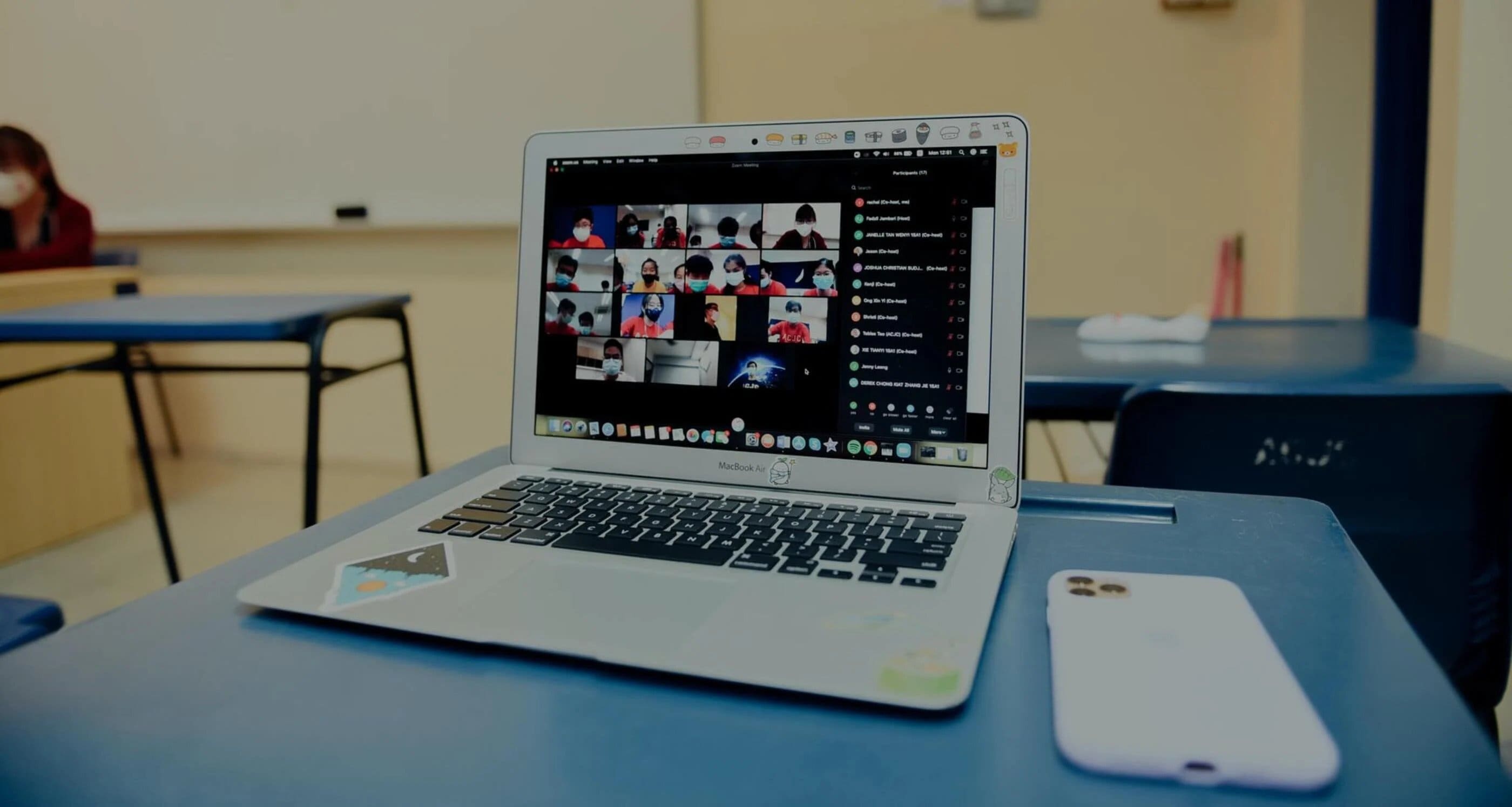How do I stop valuable tacit knowledge from fading out of the organization when employees leave or retire?
If you find yourself asking this question, it means you have probably experienced loss of such salvageable information. Information that could’ve potentially been intellectual gold. Retaining it in an organization is a mission with many complex dimensions to address. So, don’t wait around to see where the tide takes you; face it head on and start fixing it systematically.
In our experience, shortcomings in information retention are usually caused by a mix of inadequacies in a company’s culture, tools, and ways of working. All three areas need to be tackled in order to preserve decades of acquired knowledge and trades of the craft, possessed by your employees. A good culture lays the groundwork for this, but for the employees to go that extra mile, you need systems and tools that truly benefit the end user. A good culture evokes the will to try, but a good system and tools make it a reality.
An aspiring culture
Actually getting an employee to participate in conveying all the tacit information they gather, not only does it have to be effortless for them to do so, but they need to want to do it. The wanting part is where company culture comes to play.
We’ve seen how the right kind of culture to motivate preservation of intellectual data and experience induced knowledge, is one that embraces the values of transparency and integrity. The kind of culture that builds morale, commitment and feelings of belonging through systematic long-term employee engagement. If employees feel like their mission is intertwined with that of the company, it is in their own interest to drive towards that shared goal. Instead of clinging on to a mentality of “knowledge is power”, sharing information should be high on their list of subconscious agendas.
Ultimately, it’s about strategically guiding to the realization that there’s strength in working together, instead of everyone focusing on their own agenda. This kind of a culture increases the amount of natural workplace collaboration and improves individual motivation. These factors are the key components of a culture that promotes sharing.
Having the appropriate tools
There are two important features that a good information preservation tool should possess. Firstly, these tools should record as much data as possible automatically and unnoticeably, or at least make the process as easy as possible. Secondly, and even more importantly, accessing the stored information with these tools should be fast and easy. The stored data should be in a format that is immediately useful for people’s day-to-day work. Usually, just one information management tool can’t adequately cover all areas of your business in such a focused manner. You’re going to need different software, optimized for that specific use case, for supporting different areas.
Storing information
From the viewpoint of storing data, CRM software is an example of a tool that too often isn’t being used to its full potential. There are usually many reasons for that, but one of the more common is that the CRM is too difficult to use, which results in sales people not logging anything there. This again leads to the CRM containing too little relevant information to be of much use in sales people’s daily jobs, further decreasing their motivation to use the software. One of the better solutions for this issue are the features that many modern CRMs nowadays have for automatically logging emails and calls. Saving information takes no effort at all but is immediately useful and easily available for everyone to help them better connect with a customer or prospect later on.
Accessing information
Approaching the issue from the angle of accessing data, the key point is to ensure that the information is presented in a way that supports the core work. For example, while you can definitely let your employees transparently submit and discuss development ideas in a team chat, it will inevitably drown in the continuous flood of information. Something designed specifically for the purpose of managing ideas, like Viima, not only makes it easy to keep track of and find the ideas but to also prioritize and further develop them.
Then again, tools like enterprise social networks (ESN) can be brilliant at increasing transparency in an effortless way while actually helping people do their job better, such as Happeo does with Channels and Google Workspace (formerly G Suite) integrations. Not only will that make it much easier to find relevant information but the information is actually transformed into something that helps you do your job better and faster.
Make sharing a part of the job
Having a good culture and tools make comprehensive sharing possible, but alone are rarely enough to assure it. The different ways of working are the glue that ties culture and tools together into a system which truly supports information retention. We believe there to be at least three fronts on which this should happen: culture induced sharing, sharing through tools, and sharing through reflection.
Culture induced sharing
Culture induced sharing means parting with information out of sheer motivation to do so and is given birth to in a culture that encourages transparency and integrity. This kind of a culture shapes employees to become a part of a team, a thriving organism, which sees value in achieving a common goal through joint effort. For example, guiding and coaching other members of the organization to become the best they can at their jobs, even when it’s not part of your job.
Sharing through tools
Sharing through tools is what happens when a good culture is paired with work complementing tools. Having good tools for specific purposes is a fine addition to assist in sharing and storing information, but more often than not, it takes a good culture to fully get employees to utilize them. As we discussed, these tools might store some data automatically, but using them to their full extent always takes some effort from the users. To get there, you can’t force new ways of doing things on employees, the tools should instead help them handle daily affairs in a smarter way. If you have a way that actually benefits people, legitimately making their jobs easier and them more effective, most of them will use that.
Sharing through reflection
Having employees regularly reflect upon what they’ve learned with the team is also very important, as it brings systematic routine into sharing things, which don’t necessarily get passed along automatically. These checkups could, for example, address shortcomings and successes on a weekly basis, helping gather tacit knowledge of both best practices that are proven to work, as well as the areas that still need improving.
These three ways of sharing through working, are only examples of what could help in retaining information. There is more than one “right” way to do it. How employees should act always depends on what the nature of their work is and who they work with. Forcing everyone to document everything would result in storing information that’s either obvious or irrelevant. This wouldn’t be cost, nor time-efficient.
Actualizing information retention
It is important to remember that these three elements are all reliant on each other. You can’t start off with creating a successful culture and only implement tools after the culture “is ready”, as it never will be. You need to progress things on all three fronts at the same time, one area of your business at a time. Here’s a simple framework, based on our experience, for getting started with that kind of a process:
- Recognize the areas where loss of information causes the most pain
- Plan a 3-front strategy for addressing these pressure points
Now, imagine you were responsible for managing a call center that handles most of the customer related communication in your company. How would you make sure that every piece of information gets systematically stored in way that enables strategic accessibility afterwards?
Pressure points
You need to start off by mapping the areas of your business, that handle valuable tacit information; information which is in risk of disappearing with retiring individuals. These areas could be, for example, customer relations or product development.
In the case of the call center, this would probably be the employees responsible for handling customer related data. Data consisting of complaints, requests, and other communication, which offers valuable insight into better understanding your clients. Parting with even half of this information would be extremely wasteful, especially since it could be avoided rather easily.
There are many reasons for why this would most likely be happening in your call center. High employee turnover causes a lot of valuable tacit information leaving before you have a chance of gathering it all. Also, due to high turnover, there most likely isn’t enough emphasis on onboarding new hires. Thus people might use different methods of naming and categorizing information, which might cause additional confusion and fluctuations in customer service quality. Appreciating the underlying causes helps in creating a very strategically aimed course correction.
The three-front strategy
After you find the critical pressure points, it’s time to devise a fast-acting plan to induce change on all three fronts of strategic information retention, which by now you probably remember to be culture, systems, and tools. The plan should be easy and fast to implement since the longer you wait, the more valuable information you’ll have already lost. Furthermore, improvements to the plan are easier to devise later on once you have practical experience of what works and what doesn’t.
Cultural improvements
The culture should be one that promotes transparency and sharing. In theory, getting there is quite straightforward: all you have to do is encourage sharing on all fronts; be it bringing up mistakes or voicing complaints. In practice, that’s obviously going to be a much harder and lengthier process of incremental improvement.
In our call center example, you could encourage information sharing by proving people the chance to contribute to counteracting the issues they solve on a daily basis. Letting them execute only the “absolutely necessary tasks” is in the long run counterproductive as it incites indifference and disengagement.
Systems that induce sharing
The system or processes to support this culture could consist of “checkups” to maintain a routine of sharing on a weekly or monthly basis. These meetings are a good place to share stuff that might not naturally come up in conversation, but which are important nevertheless.
You, in charge of the call center, could organize weekly end-of-shift meetings that address the biggest challenges and successes of the past week. These meetings should be kept short and to the point to make the practice feasible.
Integrating the correct tools
Implementing share promoting tools, mostly software, assures that you utilize the full potential of a good culture and good systems. These tools should exhibit at least two important qualities. Firstly, they must be easy and effortless to use and always available, with as many parts of the process automated as possible. Secondly, they must make accessing and using the stored data simple and effective for the work at hand. Without these qualities, the tools most likely won’t see active enough usage to be useful in practice.
We can cite an example from one of our customers. They have a very large number of consumer customers whose first line of support is our customer’s call center. As is the case in most call centers, they are highly organized and have good visibility of data on a per customer basis to help the representatives do their daily job well. They’ve, however, found it very difficult to answer questions such as “What are currently the most common problems our customers are facing?” or “Is this problem an outlier or more of a recurring issue across all of our customers?”. These are exactly the kind of questions that often only a few people within the organization can answer, which leads to a huge risk of losing that vital information.
To combat this issue and drive a culture of collaboratively taking ownership in solving customer problems proactively – and of course to improve overall customer experience, one of their core strategic imperatives – they decided to implement a way of systematically recording the different types of challenges faced to gain an overview of the pain points in the overall customer experience. With our software, they also gained the ability to discuss the issues independent of time and place, as well as the ability to easily prioritize the issues. The result is a proactive culture of taking pride in having a great customer experience, supported by a process of systematic continuous improvement with the help of an easy-to-use software that effortlessly fits into people’s daily work.
Planning for the future
Creating a culture that strongly promotes sharing takes time. It is the slowest developing of the three fronts and can’t just be made to happen at will. It always takes resilience and determination to succeed here.
Integrating ways of working that themselves promote sharing also takes many iterations to reach their full potential. There’s no perfect way to do this, so be patient in trying out different models. Through iteration, you can find the ways of working that best suit your team’s needs. Also, keep in mind that as the company and its environment changes, you often need to adapt accordingly.
Using share promoting tools is the most straightforward of the three. Just remember that even though there is a vast sea of supply out there these days, not all tools are equally optimized for information retention. It is essential to not only do research on them, but to also try the tools out in practice, to uncover what the right requirements are for different areas of your company.
Ultimately, retaining tacit knowledge in an organization comes down to simultaneously progressing the agenda on all three fronts. You’ll not only reach your destination much faster, but will have tons of learning experiences and business benefits to show for the journey. The real magic happens only when all three fronts are working together and complementing each other. It is then, when true information retention takes place.





